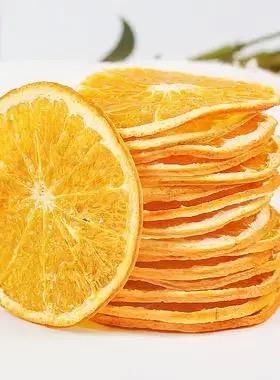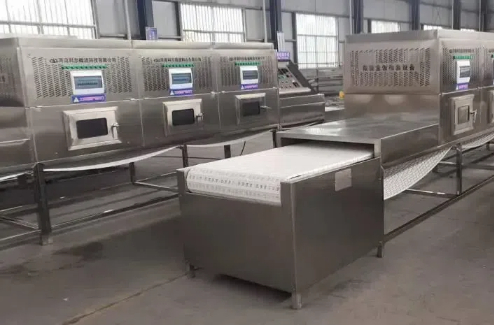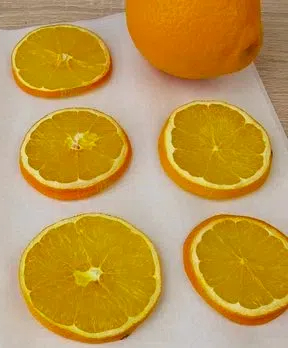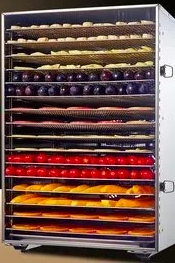
Content Menu
● Introduction
● Understanding Heat Pump Dryers
>> What is a Heat Pump Dryer?
>> How Does It Work?
● Energy Efficiency of Heat Pump Dryers
>> Average KWh Consumption
>> Factors Influencing Energy Consumption
● Benefits of Using Heat Pump Dryers
>> Energy Savings
>> Preservation of Food Quality
>> Environmental Impact
● Comparing Heat Pump Dryers with Traditional Dryers
● Applications of Heat Pump Dryers in Food Processing
● Conclusion
● Related Questions
>> 1. How does a heat pump dryer compare to a conventional dryer in terms of energy usage?
>> 2. What types of food products are best suited for heat pump drying?
>> 3. Can I use a heat pump dryer for large batches of food?
>> 4. Are there any disadvantages to using a heat pump dryer?
>> 5. How can I maximize energy efficiency when using a heat pump dryer?
Introduction
In recent years, the demand for energy-efficient appliances has surged, particularly in the food processing industry. One such appliance that has gained popularity is the heat pump dryer. This innovative technology not only conserves energy but also preserves the quality of food products during the drying process. In this article, we will explore the average KWh consumption for a heat pump dryer, its benefits, and how it compares to traditional drying methods.

Understanding Heat Pump Dryers
What is a Heat Pump Dryer?
A heat pump dryer is a type of appliance that uses a refrigeration cycle to dry items. Unlike conventional dryers that expel hot air and moisture outside, heat pump dryers recycle air within the drum. They extract moisture from the clothes or food and transfer it to a heat exchanger, where it is condensed into water and drained away. This process makes them highly energy-efficient.
How Does It Work?
The operation of a heat pump dryer can be broken down into several key components:
1. Evaporator: Absorbs heat from the air inside the dryer.
2. Compressor: Increases the temperature of the refrigerant gas.
3. Condenser: Releases heat to dry the items in the drum.
4. Expansion Valve: Lowers the pressure of the refrigerant before it returns to the evaporator.
Energy Efficiency of Heat Pump Dryers
Average KWh Consumption
The average KWh consumption for a heat pump dryer can vary based on several factors, including load size, moisture content, and specific model efficiency. However, on average, a heat pump dryer consumes between 1.5 to 3 KWh per load. This is significantly lower than traditional dryers, which can use up to 5 KWh per load.
Factors Influencing Energy Consumption
Several factors can influence the KWh consumption of a heat pump dryer:
- Load Size: Larger loads may require more energy to dry thoroughly.
- Moisture Content: Items with higher moisture content will consume more energy.
- Drying Cycle Settings: Different settings can affect overall energy use.
- Ambient Temperature: Operating in cooler environments may increase energy consumption.
Benefits of Using Heat Pump Dryers
Energy Savings
One of the most significant advantages of heat pump dryers is their energy efficiency. By using less electricity per load compared to traditional dryers, businesses can significantly reduce their operational costs.
Preservation of Food Quality
For food drying applications, maintaining quality is crucial. Heat pump dryers operate at lower temperatures, which helps preserve nutrients and flavors in food products while still achieving effective drying results.
Environmental Impact
Using less energy not only saves money but also reduces carbon emissions associated with electricity production. By choosing a heat pump dryer, businesses contribute to environmental sustainability.

Comparing Heat Pump Dryers with Traditional Dryers
| Feature | Heat Pump Dryer | Traditional Dryer |
|-----------------------------|------------------|-------------------|
| Average KWh per Load | 1.5 - 3 KWh | Up to 5 KWh |
| Energy Efficiency | High | Moderate |
| Operating Temperature | Low | High |
| Environmental Impact | Lower emissions | Higher emissions |
| Cost of Operation | Lower | Higher |
Applications of Heat Pump Dryers in Food Processing
Heat pump dryers are particularly beneficial in various food processing applications:
- Fruits and Vegetables: Preserving vitamins and minerals during drying.
- Meat Products: Ensuring moisture is removed without compromising quality.
- Herbs and Spices: Maintaining flavor profiles while achieving low moisture content.
Conclusion
In conclusion, heat pump dryers offer an efficient and environmentally friendly solution for drying food products while consuming significantly less energy compared to traditional methods. With an average KWh consumption ranging from 1.5 to 3 KWh per load, they provide substantial savings on energy costs while preserving the quality of food items. As businesses continue to seek sustainable practices, investing in heat pump dryer technology becomes increasingly advantageous.

Related Questions
1. How does a heat pump dryer compare to a conventional dryer in terms of energy usage?
Heat pump dryers typically use 1.5 to 3 KWh per load, while conventional dryers can consume up to 5 KWh per load, making heat pump dryers more energy-efficient.
2. What types of food products are best suited for heat pump drying?
Fruits, vegetables, herbs, spices, and meats are well-suited for heat pump drying due to their ability to preserve nutrients and flavors at lower temperatures.
3. Can I use a heat pump dryer for large batches of food?
Yes, heat pump dryers can handle large batches; however, larger loads may require slightly more energy depending on moisture content and drying settings.
4. Are there any disadvantages to using a heat pump dryer?
While they are generally more efficient, initial costs may be higher compared to traditional dryers, and they may take longer to dry items due to lower operating temperatures.
5. How can I maximize energy efficiency when using a heat pump dryer?
To maximize efficiency, ensure loads are balanced and not overloaded, select appropriate drying cycles based on moisture content, and maintain the dryer regularly for optimal performance.












